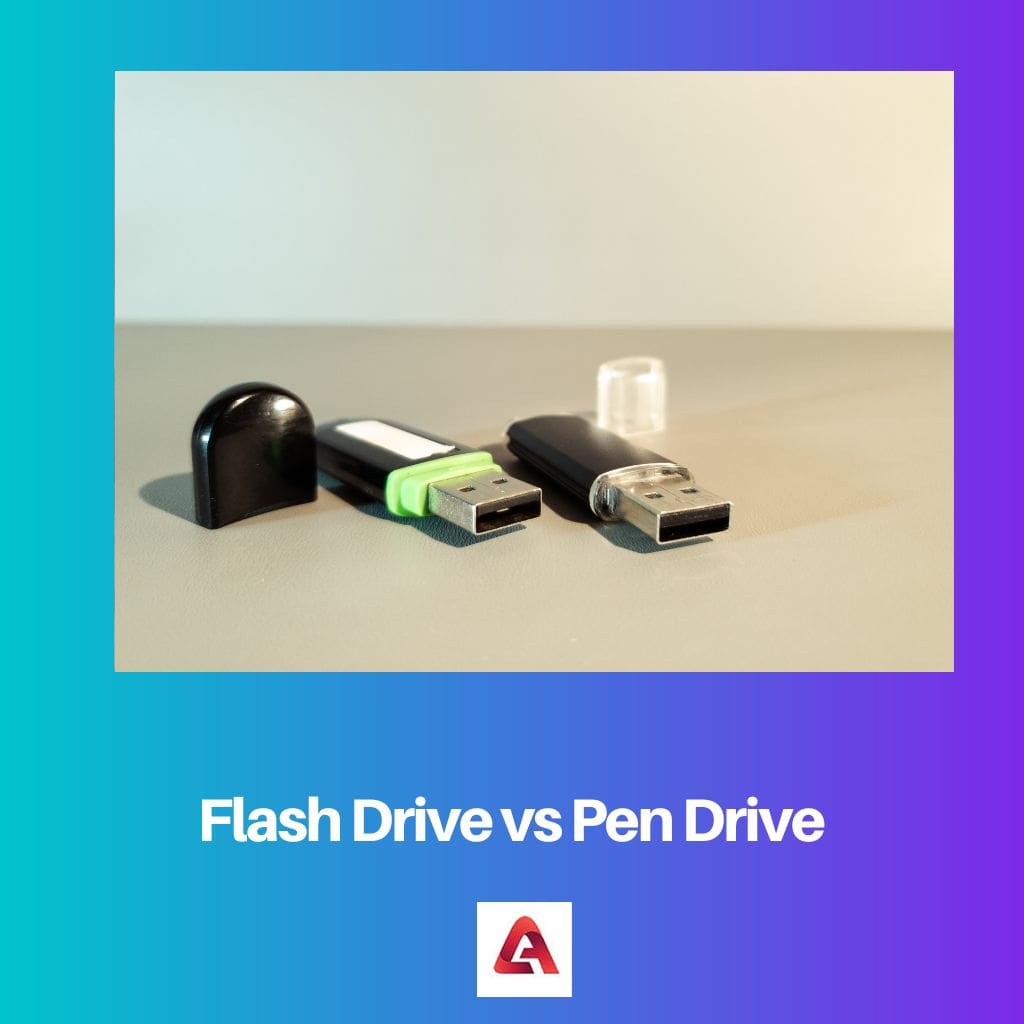The computer is one of the brainstorming inventions in the history of man. It has simplified lives and has provided a smarter option to process and store things. It is the reason behind many other inventions.
Without computers, the field of research and technology will not have advanced. The computer is made super beneficial with the internet. Both these things have a crucial role in the modern world.
Key Takeaways
- A PC is a personal computer designed for individual use, while a server is designed to serve multiple clients or users.
- PCs are used for personal or business purposes, while servers store and share data and applications.
- Servers have more processing power and memory capacity than PCs.
PC vs Server
The difference between a PC and a server is that PC is a device used for personal uses and internet access. At the same time, a server is the part of the computer that takes care of the network resources. The server helps the computer to connect to the internet, but the PC is the device that contains the server.

Normal people use a PC for their day-to-day activities. It is not suitable for experts or people working in the software field for complex programming.
The size, ability, storage, and price of PCs differ. Initially, PC was designed for ordinary people to use, and specialized programs could not be run, but nowadays, PCs are advanced and support any work.
A server can either be Software or Hardware. A server is commonly the part of a computer that facilitates sharing data and resources to another computer or any device.
During early times, mainframe computers were used as servers. Minicomputers were also used in some cases. During this time, these servers carried out all the work.
Comparison Table
| Parameters of Comparison | PC | Server |
|---|---|---|
| Type | Hardware | Hardware or Software |
| Usage time | Personal computers are used only when required and then shut down | Servers are kept working without interruptions |
| Complexity | PC is less complex to work with | The server is complex and involves highly advanced technology |
| Storage | Ample storage from Terabytes to Petabytes | Ample warehouse from Terabytes to Petabytes |
| Example | Desktop, Laptop, workstation, Smartphones | Web server, Proxy server, Database server, etc |
What is a PC?
People buy Personal computers depending on their needs and their price range. The world of technology is rapidly growing, and PCs are coming with different novel features to attract customers.
Companies work hard to succeed in this market and to make their products preferable. But Microsoft and Intel have acquired a firm place in the market.
Personal computers are designed for everyday purposes and unsuitable for high-end operations. They are the best choice for students for academic purposes.
Initially, computers were designed to be operated by one technician who was trained to do it. But later, the need for computers among familiar people increased.
So computers were made in large numbers so everyone could own and use them. Technicians used personal computers.
People whose jobs require computerized work also started purchasing personal computers. But as time passed, owning a computer became very common. Video gaming and other technological advancements increased the demand for computers.
Now personal computers are used for everyday purposes like video conferencing, sending emails, storing data, studying, and other purposes.
Personal computers are now more advanced. They are connected to various other devices and can be used to control those devices like smart TVs. Since the demand for personal computers increased, it caused the generation of more electronic wastes.

What is a Server?
Companies now use servers to provide uninterrupted experiences to their customers. The devices that are linked to a server are called clients.
Servers are used to share resources or carry out computational tasks for the client devices connected to them. Clients are everyday devices like mobile phones and PCs. Servers can connect with many clients.
A client device can connect with a server by sending a request to it. The server process this request and respond. File servers are used in transfer, and web servers can be used in any computer device.
There are various uses of a server in computing. The primary function is to share or transfer resources. Servers are the backbone of today’s innovation and modernization.
Servers are essential in every application we use on mobile phones and laptops. Database servers are crucial for maintaining large databases.
Spreadsheets use this type of server. Gaming servers let several gamers use different devices to play the same multiplayer games. Email servers help in faster and better communication.
Web servers help the websites work. The client, in this case, is the device with a browser.
Servers of larger search engines and websites like Google and Amazon should be run without interruptions. These servers are maintained in specialized data centres.
Data centres have an uninterrupted power supply, security, and a good internet source. Heat generation is a significant drawback of server rooms. So they are air-conditioned, and data centers are placed near river banks.

Main Differences Between PC and Server
- PC is a device used by normal people for personal uses, but, a server is a program that connects a device with another source
- PC is common and used by most people. Servers for large databases are maintained in specialized data houses
- PC is simple to work with and are made for normal man usage while servers are complex to deal with
- PC does not involve very advanced technology but, servers are developed with highly advanced technology
- People use PCs to store data and send it to others while the server paves the portal to send this data.







